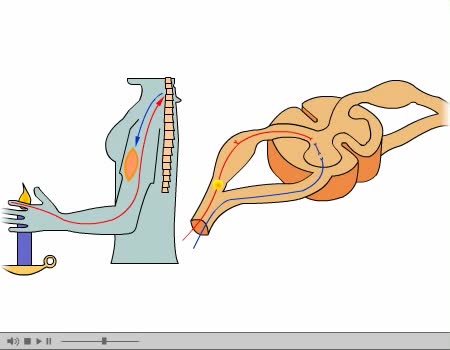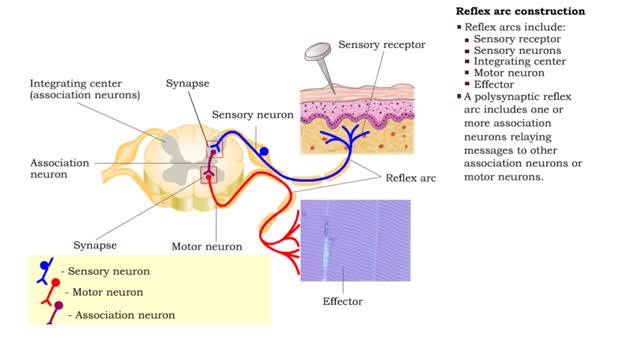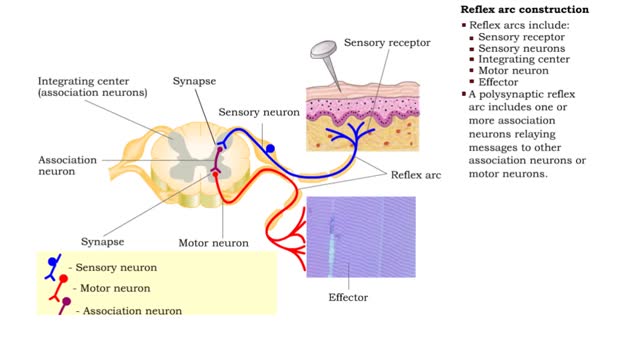System organization - PPM system types (Somatic, Autonomic & Enteric) and Reflex arc types
By: HWC
Date Uploaded: 11/07/2019
Tags: homeworkclinic.com Homework Clinic HWC System organization PPM system types Somatic nervous system SNS Autonomic nervous system ANS Enteric nervous system ENS Sensory neurons skeletal muscles Motor neurons visceral organs Parasympathetic digestive organs Reflex arc components Autonomic and enteric reflex arcs Smooth muscle Cardiac muscle Endocrine and exocrine glands
• The PNS consists of all nervous tissue outside of the CNS. • It is divided into three functional components: • Somatic nervous system (SNS) • Autonomic nervous system (ANS) • Enteric nervous system (ENS) • The SNS consists of: • Sensory neurons from skeletal muscles • Motor neurons to skeletal muscles • Stimulation of skeletal muscles, by the motor portion of the SNS is voluntary. • The ANS consists of: • Sensory neurons from visceral organs • Motor neurons to cardiac and smooth muscle tissues, glands and adipose tissue • Stimulation of visceral effectors by the motor portion of ANS is involuntary. • The motor portion of the ANS has two divisions: • Sympathetic - prepares the body to "fight-or-flight" • Parasympathetic -prepares the body to "rest-or-digest" • Most effectors are stimulated by both divisions. • The ENS consists of: • Sensory neurons from digestive organs • Motor neurons to smooth muscle and glands of the digestive organs • Stimulation of digestive effectors by the motor portion of the ENS is involuntary. Reflex arc components • Clusters of neurons in the CNS act as control centers for all of the nervous pathways in the body. • Reflex arcs are nervous pathways that result in rapid and automatic changes in the actions of effectors. • The components of most reflex arcs are: • Receptor • Sensory neuron • Association neuron • Motor neuron • Effector • Somatic reflex arcs stimulate skeletal muscle tissue. • Autonomic and enteric reflex arcs stimulate: • Smooth muscle • Cardiac muscle • Endocrine and exocrine glands • Adipose tissue
Add To
You must login to add videos to your playlists.
Advertisement












Comments
0 Comments total
Sign In to post comments.
No comments have been posted for this video yet.